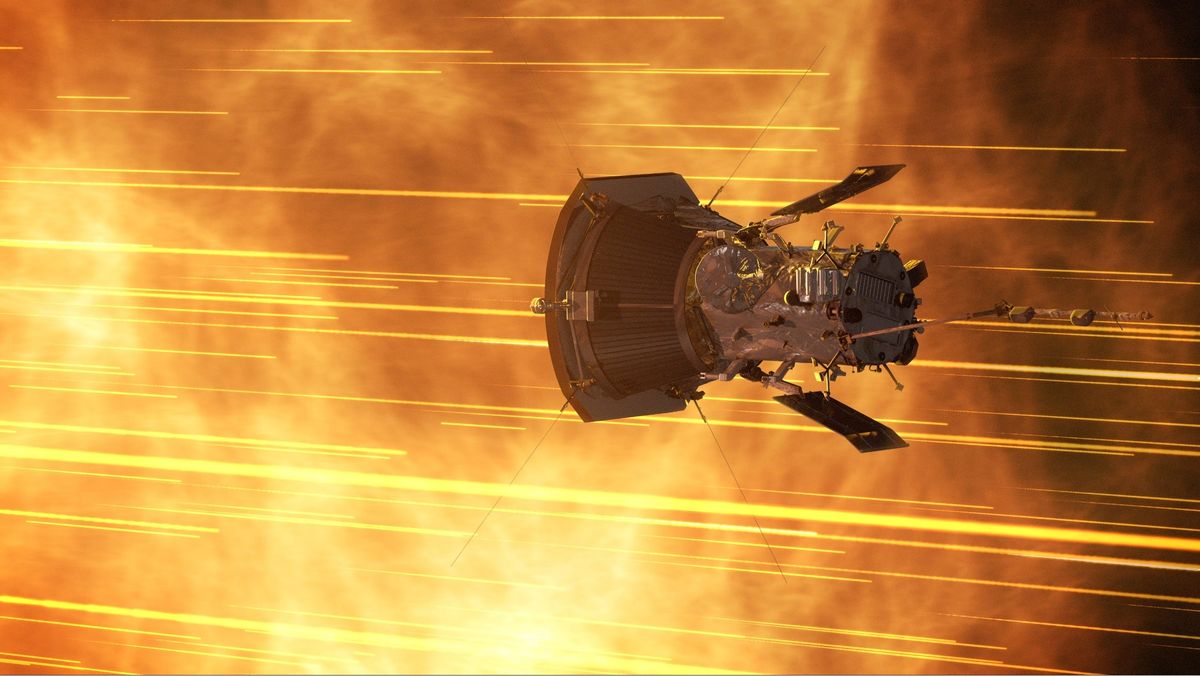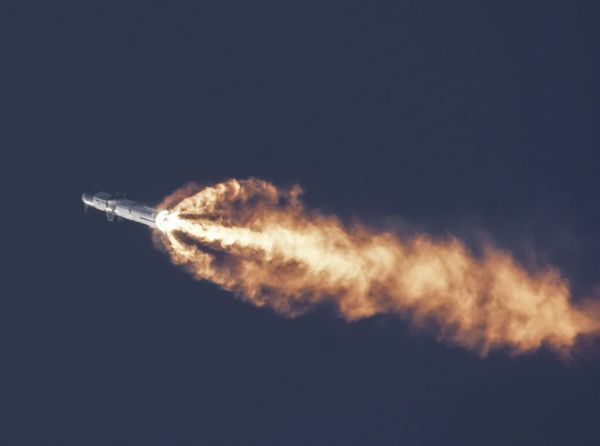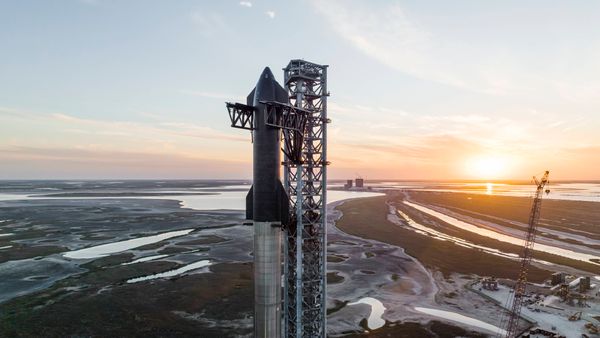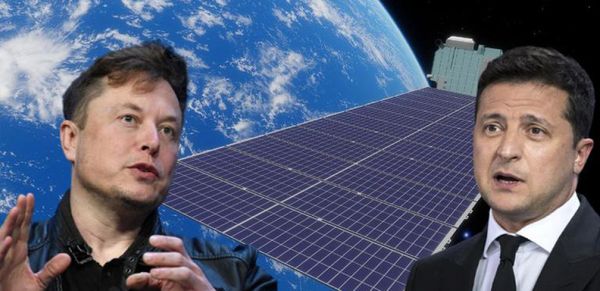NASA’s Parker Solar Probe has made history by flying into the Sun’s corona (upper atmosphere), making it the first time humanity has ‘touched’ the sun. Three years after its launch in 2018 and after five Venus flybys, the spacecraft actually accomplished this feat in April, but it took months for the data to relay back to Earth and for researchers to confirm their findings. Since then, the probe has flown into the Sun twice more, once in August and November, traveling through the Sun’s atmosphere at over 317,645 mph (142 km/s). At its closest approach to the sun, the probe’s solar shield endured temperatures up to 2,500 °F (1371 °C).
What's New: The Parker Solar Probe’s achievement has resulted in some serious discoveries about our sun. It improved our understanding of the Alfvén critical surface, the line that divides the Sun’s atmosphere and space. Physicists put the line between 4.3 and 8.6 million miles above the sun's surface but didn’t know precisely where. The probe discovered that the Sun’s atmosphere isn’t uniform in shape, and instead, it’s made of peaks and valleys that the spacecraft passed through repeatedly. During its flythrough, it also discovered two strange solar weather phenomena. The first is Switchbacks, a type of solar wind made of streams of charged particles that escape the Sun in a zig-zag-like pattern. And the second is pseudostreamers, massive ribbon-like structures visible during solar eclipses.









